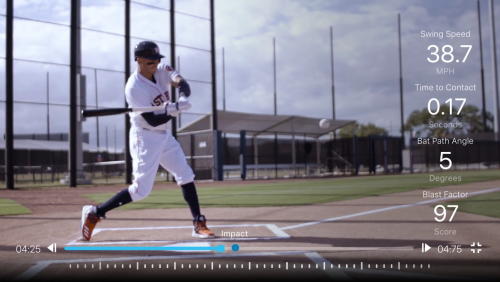- Jul 29, 2013
- 1,200
- 63
@fanboi22I agree with everything there. I am replying with what I personally think the disconnect for some people.
You're saying the Active hands = "hands / wrists articulate but the force is supplied by the arm and shoulder movements." The hands and wrists are actively keeping all the angles
Where others are thinking Active = "hands / wrist assisting the drive backward via supination (???) in conjunction with the arm and shoulder".
Maybe I am wrong, perhaps it is just a disagreement on how....violent vs controlled the elbow slotting is. No one else has commented in our discussion so perhaps I am the only one whose idea of active vs passive is different than yours.
cmn
I'm looking at my arm, bent at the elbow, elbow at my hip, hand extended as if to shake your hand, thumb up, wrist in a neutral position.
Palm down would be pronated. Palm up is supinated.
If I wrap my hand around the handle of a bat with the wrist in a neutral position, the barrel is vertical. With the palm up, the barrel is horizontal, and the wrist is supinated.
Just an observation.



